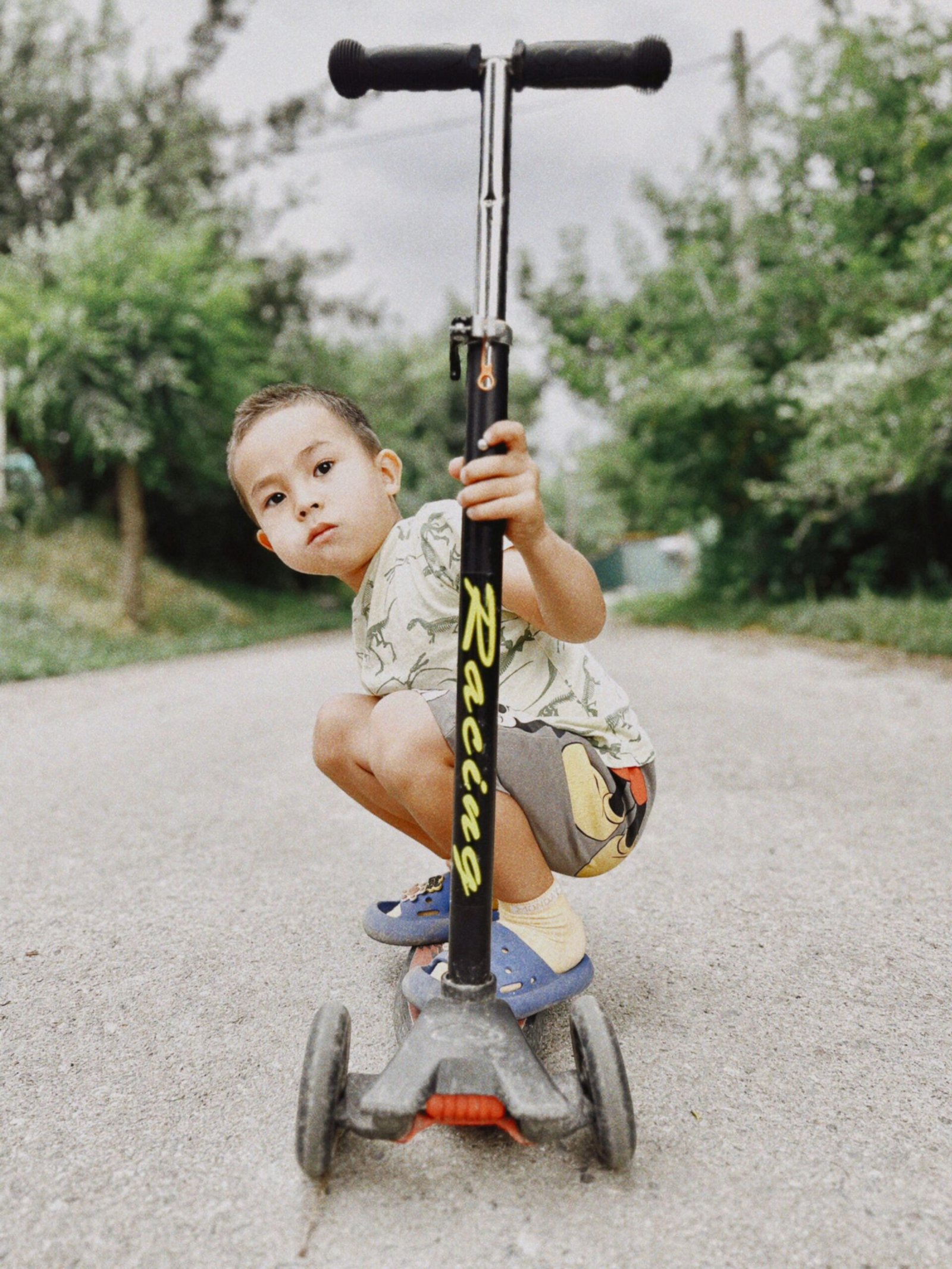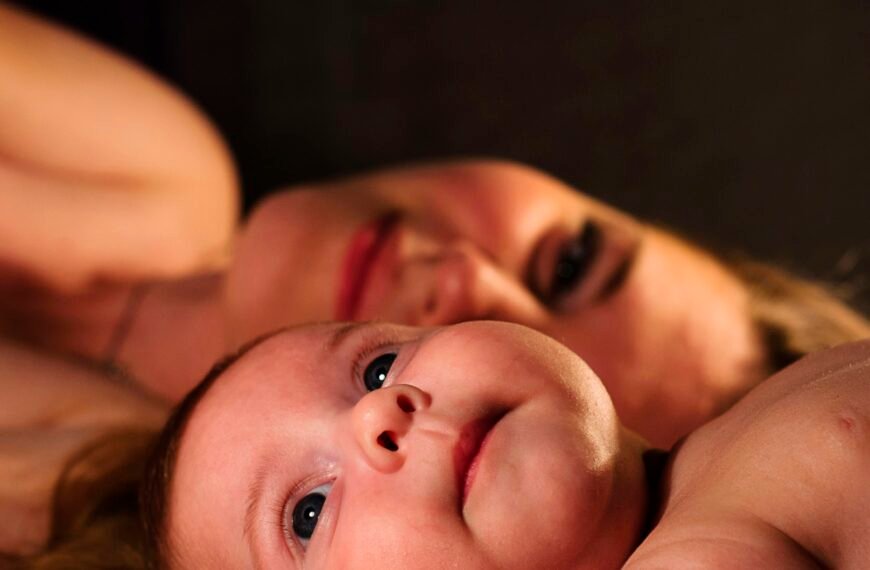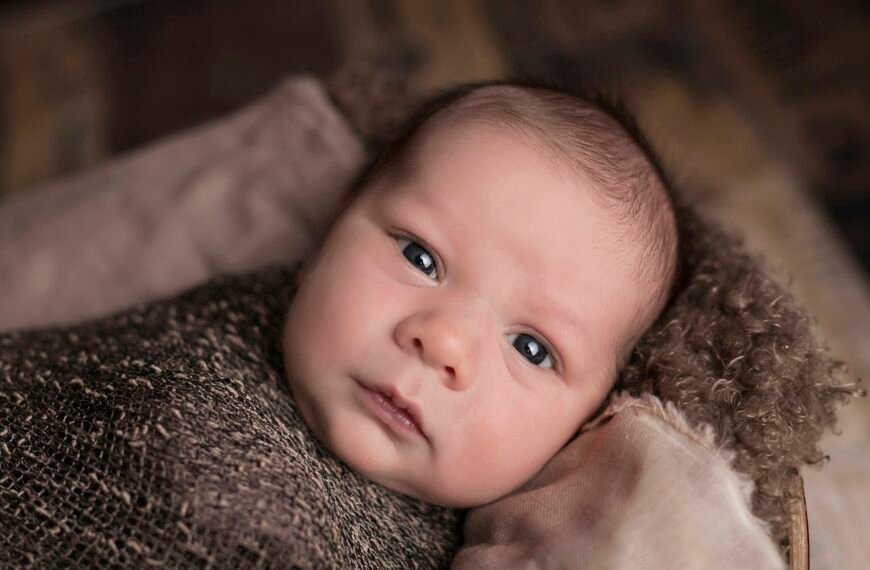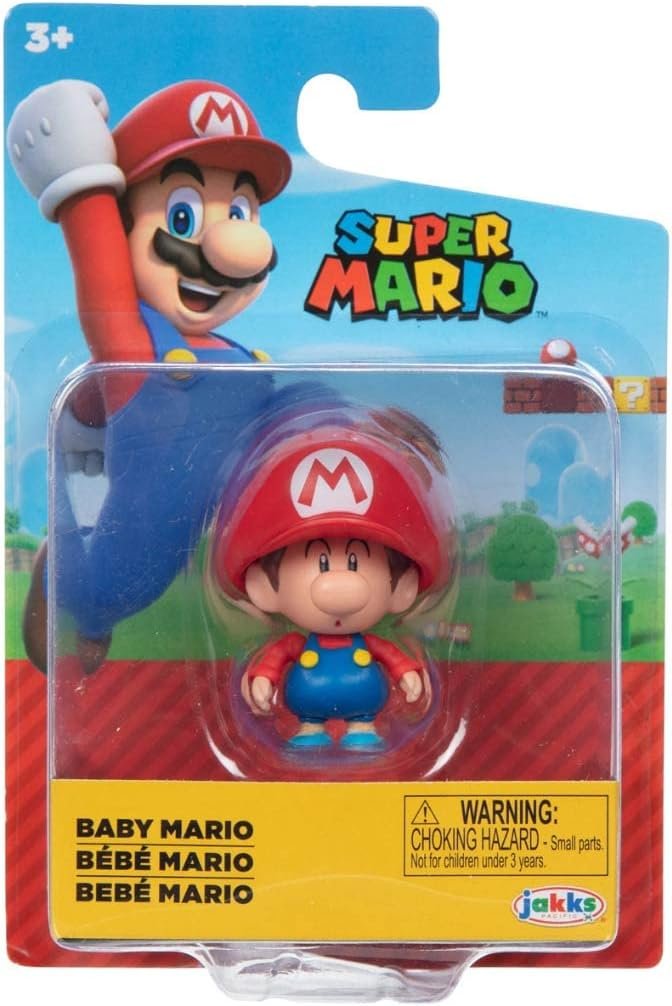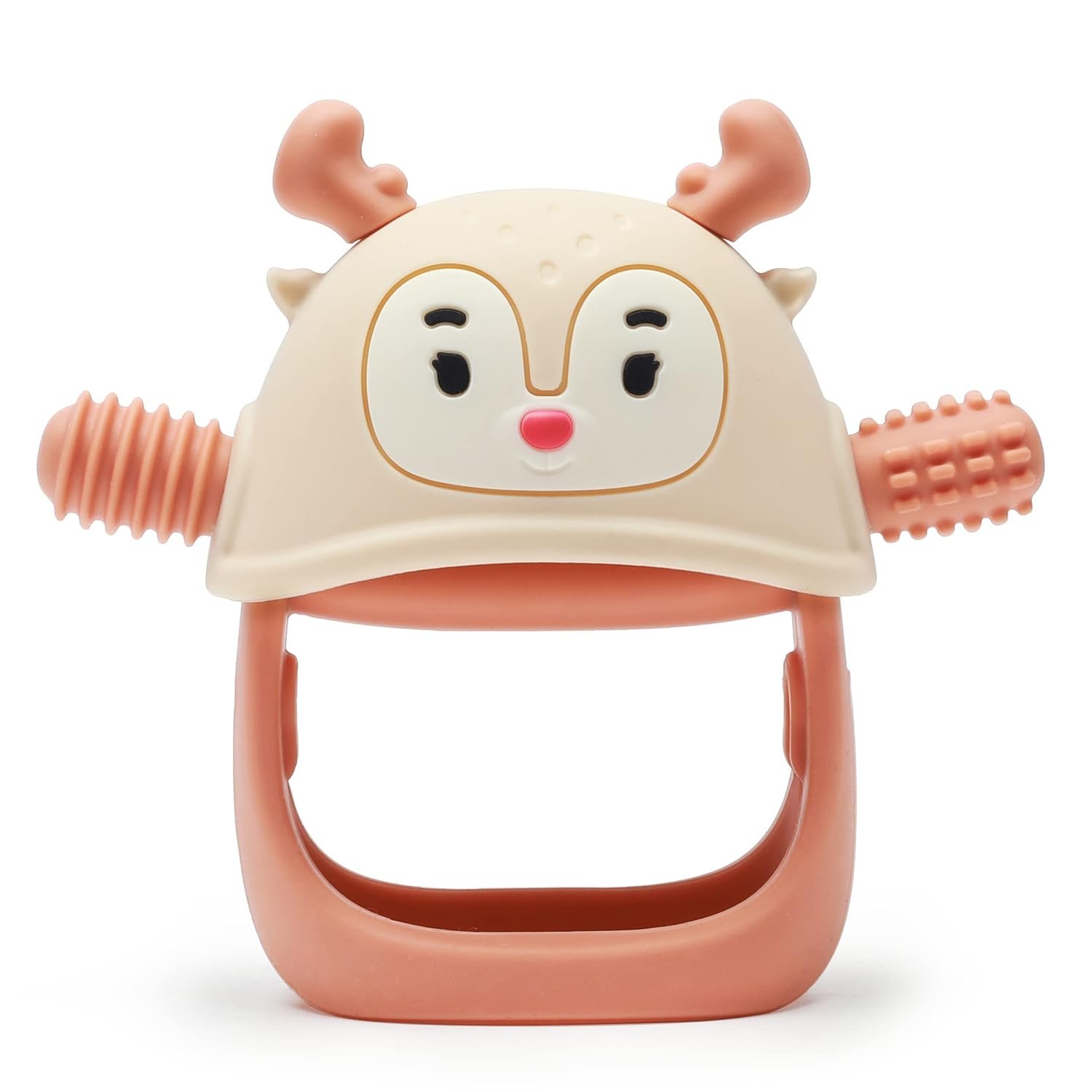Have you ever wondered when is the right time to give baby toys? It’s a question that many new parents ask themselves. In this article, we will explore the ideal moment to introduce toys to your little one and how they can benefit from these playthings. From enhancing motor skills to stimulating cognitive development, giving baby toys can be a fun and educational experience for both you and your child. So, let’s find out when the perfect time is to start introducing these delightful objects into your baby’s world!
Check Baby Toys Guide & Review
Newborn Stage
Introduce soft toys for visual stimulation
During the newborn stage, it’s important to provide your baby with toys that are not only safe but also visually stimulating. Soft toys with different shapes and patterns can capture your baby’s attention and help to develop their visual skills. Opt for toys with high contrast colors like black and white, as they are easier for newborns to see and can aid in their visual development.
Choose toys with contrasting colors
Babies are naturally drawn to vibrant colors, and introducing toys with contrasting colors can be a great way to engage their visual senses. Look for toys that have bold colors like red, blue, and yellow. These strong visual contrasts can help stimulate your baby’s developing eyesight and grab their attention.
Opt for toys with different textures
Newborns love to explore different textures, so it’s a good idea to provide them with toys that offer a variety of tactile experiences. Look for toys made of different materials, such as cloth, plastic, and rubber. These different textures can stimulate your baby’s sense of touch and promote sensory exploration.
Consider toys with gentle sounds or music
Toys that produce gentle sounds or soothing melodies can be a great addition to your baby’s playtime. These toys not only capture their attention but also help to stimulate their auditory senses. Look for toys that make soft rattling noises or play calming lullabies. These sounds can be comforting to your baby and contribute to their overall sensory development.
3-6 Months
Introduce interactive toys with mirrors
At around 3-6 months, babies start to become more aware of their own reflection. Introducing toys with mirrors can provide them with a fun and engaging way to explore their own image. Look for toys that have small, unbreakable mirrors that are securely attached. These toys can promote self-recognition and enhance your baby’s visual and cognitive development.
Choose toys that encourage reaching and grasping
During this stage, your baby’s hand-eye coordination is improving, and they are learning to reach for and grasp objects. Choose toys that are easy for your baby to hold and manipulate. Look for toys with different textures, shapes, and sizes that encourage them to reach out and grab them. These toys can help to refine their motor skills and promote their developing hand-eye coordination.
Opt for toys that promote sensory exploration
Babies at this age are curious and love to explore the world around them. Choose toys that offer different sensory experiences, such as toys that crinkle, squeak, or have different textures. These toys can provide your baby with a range of sensations and stimulate their sensory development.
Consider toys with different shapes and sizes
Introducing toys with various shapes and sizes can help enhance your baby’s spatial awareness and cognitive skills. Look for toys like stacking rings or blocks, which allow your baby to practice their hand-eye coordination and problem-solving abilities. These toys can also help develop their fine motor skills as they learn to manipulate objects of different shapes and sizes.

6-9 Months
Introduce toys that encourage crawling or rolling
As your baby reaches the 6-9 months stage, they are likely starting to crawl or roll. Introduce toys that can motivate and encourage their mobility skills. Look for toys with wheels or balls that your baby can chase after. These toys can help develop their gross motor skills and keep them engaged and active.
Choose toys with cause-and-effect features
Babies at this age love discovering cause and effect relationships. Choose toys that have buttons to press, knobs to turn, or levers to pull. When your baby interacts with these toys, they’ll learn that their actions cause certain reactions, which can be both exciting and educational for them.
Opt for toys that promote fine motor skills
Fine motor skills, such as picking up small objects, are an important developmental milestone for babies. Opt for toys that encourage the use of their fingers and hands, such as toys with buttons to push or toys that require twisting and turning. These toys can help strengthen their fine motor skills and improve their hand dexterity.
Consider toys that encourage stacking or nesting
Introduce toys that allow your baby to practice their problem-solving and hand-eye coordination skills. Stacking toys, like blocks or cups, challenge your baby to stack items in the correct order, promoting spatial awareness and logical thinking. Nesting toys, on the other hand, encourage your baby to fit objects inside one another, enhancing their problem-solving abilities.
9-12 Months
Introduce toys that promote walking or standing
At this stage, your baby may be starting to take their first steps or stand with support. Introduce toys that can further motivate their walking and standing skills, such as push toys or activity walkers. These toys can provide stability and support while encouraging your baby to explore their surroundings and become more confident in their gross motor abilities.
Choose toys that encourage problem-solving
Babies at the 9-12 months stage are becoming more curious and interested in problem-solving. Choose toys that challenge their thinking and reasoning skills, such as shape sorters or simple puzzles. These toys engage your baby’s cognitive abilities and help them develop problem-solving strategies.
Opt for toys that promote imaginative play
Imaginative play is vital for your baby’s cognitive and social development. Opt for toys that encourage pretend play, such as dolls or stuffed animals. These toys allow your baby to engage in role-playing and storytelling, fostering their creativity and imagination.
Consider toys with buttons or simple puzzles
Toys that involve buttons or simple puzzles can help develop your baby’s fine motor skills and problem-solving abilities. Look for toys that have buttons to push or knobs to turn, as well as wooden or plastic puzzles with large, easy-to-grasp pieces. These toys promote hand-eye coordination and logical thinking.

1-2 Years
Introduce toys for pretend play and role-playing
At 1-2 years old, your child’s language and social skills are rapidly developing. Introduce toys that encourage pretend play and role-playing, such as kitchen sets, tool sets, or dolls. These toys allow your child to explore different roles, express their creativity, and develop their language skills through imaginative play.
Choose toys that promote language development
Language skills are crucial during this stage of development. Choose toys that enhance your child’s language development, such as books, puzzles with pictures, or interactive toys that teach words or basic concepts. These toys can expand your child’s vocabulary and help them develop their communication skills.
Opt for toys that encourage hand-eye coordination
Hand-eye coordination continues to develop during this stage. Opt for toys that require precise hand movements, such as building blocks, shape sorters, or puzzles with smaller pieces. These toys challenge your child’s hand-eye coordination and fine motor skills while providing hours of fun and educational play.
Consider toys with simple shape sorting
Shape sorting toys can be a great way to develop your child’s problem-solving skills and spatial awareness. Look for toys that have different shapes that need to be matched and sorted into corresponding holes. These toys help your child recognize shapes, learn how to problem-solve, and improve their hand-eye coordination.
2-3 Years
Introduce more complex puzzles and building blocks
As your child grows, their cognitive abilities also develop. Introduce more complex puzzles and building block sets that challenge their problem-solving skills. Look for puzzles with more pieces and building block sets with different shapes and sizes. These toys promote logical thinking, reasoning, and spatial awareness.
Choose toys that encourage creativity and imagination
Creativity and imagination flourish during the toddler years. Choose toys that encourage creative expression, such as art supplies, play dough, or dress-up clothes. These toys allow your child to unleash their creativity and develop their imagination through open-ended play.
Opt for toys that promote social interaction
Social skills are essential at this age, and toys that promote social interaction can greatly contribute to their development. Choose toys that encourage cooperative play, such as board games or playsets with multiple characters. These toys provide opportunities for your child to learn about sharing, taking turns, and working together with others.
Consider toys that develop problem-solving skills
Problem-solving skills continue to develop during the toddler years. Consider toys that challenge your child to think critically and solve problems, like basic puzzles or shape-sorting toys. These toys help sharpen your child’s problem-solving abilities and enhance their cognitive development.

3-4 Years
Introduce toys that promote fine motor skills
Fine motor skills become more refined at this age, and it’s important to provide toys that support their development. Introduce toys like beads for stringing, scissors for cutting paper, or smaller building sets that require precise hand movements. These toys help your child improve their coordination and fine motor skills.
Choose toys that encourage logical thinking
Logical thinking abilities continue to strengthen during the preschool years. Choose toys that require logical thinking, such as memory games, simple math puzzles, or sequencing toys. These toys help your child develop critical thinking skills and make connections between different concepts.
Opt for toys that promote storytelling and language skills
Language skills further expand during the preschool years, and toys that promote storytelling can help nurture their development. Choose toys like puppets, storybooks, or playsets that allow your child to engage in imaginative storytelling. These toys encourage language development, creativity, and emotional expression.
Consider toys that involve pretend play
Pretend play is an essential part of a child’s development. Consider toys like play kitchens, dollhouses, or dress-up costumes that encourage pretend play. These toys allow your child to explore different roles, develop their social skills, and enhance their imaginative abilities.
4-5 Years
Introduce more advanced building sets or construction toys
At this age, children are ready for more challenging building experiences. Introduce more advanced building sets or construction toys that require planning and problem-solving, such as LEGO sets or building blocks with complex structures. These toys help your child develop their fine motor skills, spatial awareness, and creativity.
Choose toys that develop critical thinking abilities
Critical thinking abilities are crucial for your child’s cognitive development. Choose toys that challenge their critical thinking skills, such as logic puzzles, pattern recognition games, or strategy-based board games. These toys encourage your child to think analytically, make decisions, and solve problems.
Opt for toys that promote physical activity
Physical activity is essential for your child’s overall development. Opt for toys that promote active play, such as balls, bikes, or jump ropes. These toys help strengthen their muscles, improve coordination, and promote a healthy lifestyle.
Consider toys that enhance memory and concentration
Memory and concentration skills progress during this age group. Consider toys that enhance these skills, such as memory matching games, jigsaw puzzles, or card games. These toys sharpen your child’s memory, improve their concentration span, and enhance their cognitive abilities.
5-6 Years
Introduce educational toys for STEM learning
At this stage, your child is ready for more educational toys that promote learning in the areas of science, technology, engineering, and mathematics (STEM). Introduce toys like building sets, coding toys, or science kits. These toys encourage your child to explore and engage in hands-on learning experiences.
Choose toys that promote problem-solving and reasoning
Problem-solving and reasoning abilities continue to develop during the early school years. Choose toys that challenge your child’s problem-solving skills, such as brain teasers, strategy-based board games, or puzzles with complex patterns. These toys help your child think critically, analyze situations, and develop effective problem-solving strategies.
Opt for toys that enhance creativity and imagination
Creativity and imagination continue to be important during this stage. Opt for toys that encourage your child to think outside the box, such as art supplies, building blocks with unique shapes, or craft kits. These toys foster their creative thinking, allow them to express themselves, and promote their imaginative abilities.
Consider toys that encourage group play
Group play becomes more common during the early school years. Consider toys that encourage cooperative play and social interaction, such as team sports equipment, board games that require team efforts, or building sets that can be enjoyed with friends. These toys promote teamwork, cooperation, and the development of social skills.
6+ Years
Introduce more complex board games and strategy games
As your child grows older, their cognitive abilities and critical thinking skills become more advanced. Introduce more complex board games and strategy games that challenge their decision-making abilities, problem-solving skills, and strategic thinking. These games can be enjoyed with family or friends and provide hours of engaging and educational entertainment.
Choose toys that promote independent thinking
At this age, it’s important to foster your child’s independent thinking and decision-making skills. Choose toys that require independent problem-solving, such as puzzles, advanced construction sets, or logic-based games. These toys empower your child to think independently, develop their own strategies, and gain confidence in their abilities.
Opt for toys that encourage outdoor activities
Outdoor play is crucial for your child’s physical and mental well-being. Opt for toys that encourage outdoor activities, such as bikes, skateboards, or sports equipment. These toys promote physical fitness, coordination, and allow your child to explore and engage with nature.
Consider toys that involve building or crafting
Building and crafting toys can be both fun and educational for children. Consider toys like advanced LEGO sets, model kits, or DIY craft kits. These toys foster creativity, develop fine motor skills, and allow your child to express their imagination through hands-on activities.
By following this age-appropriate guide for introducing toys to your child, you can provide them with engaging, educational, and developmentally appropriate experiences. Remember to always prioritize safety when selecting toys and supervise your child during playtime to ensure they are having a positive and enriching experience.

